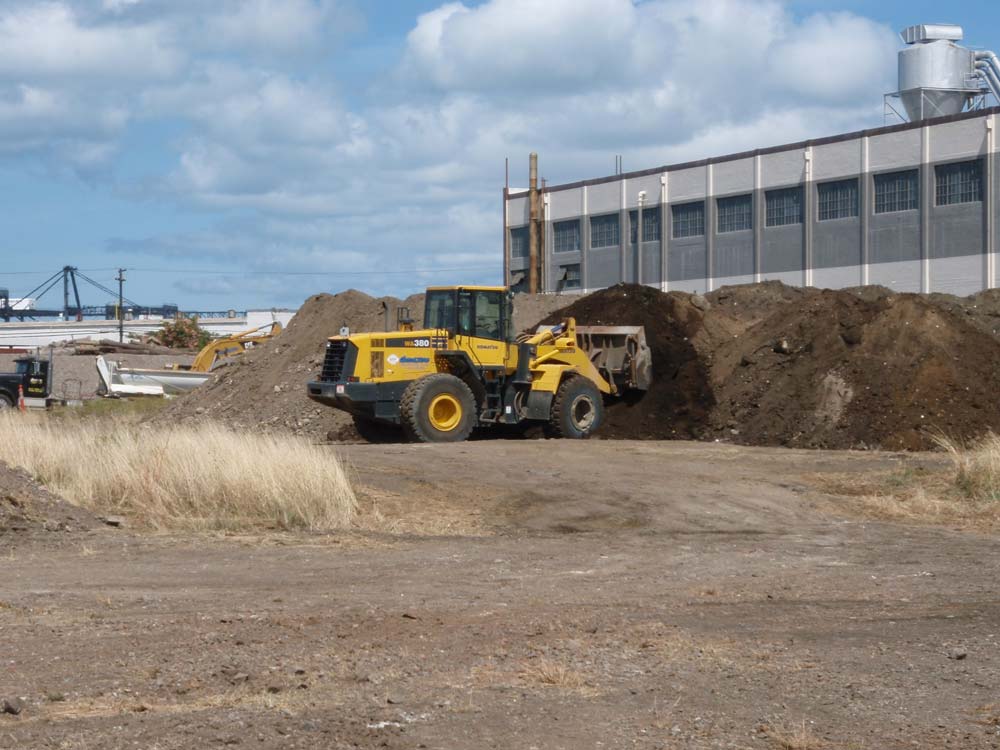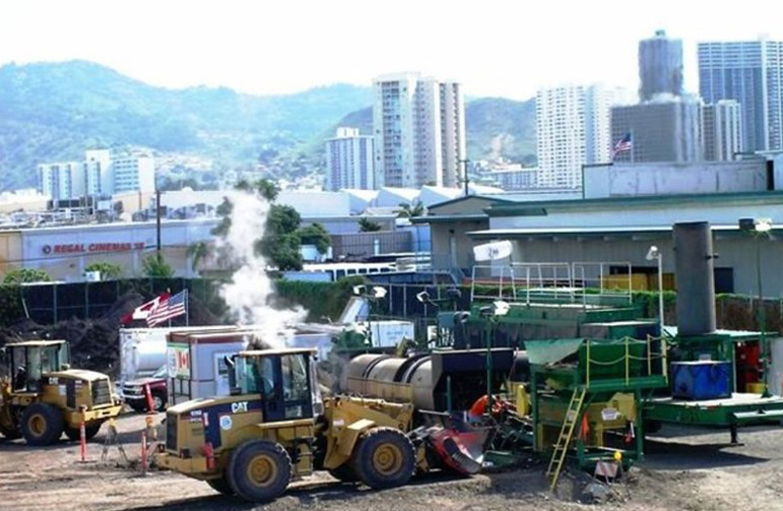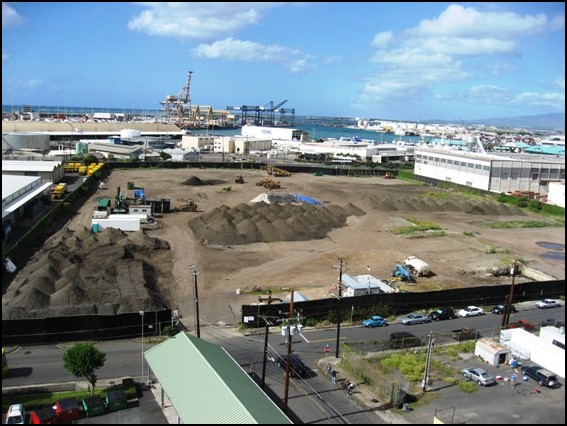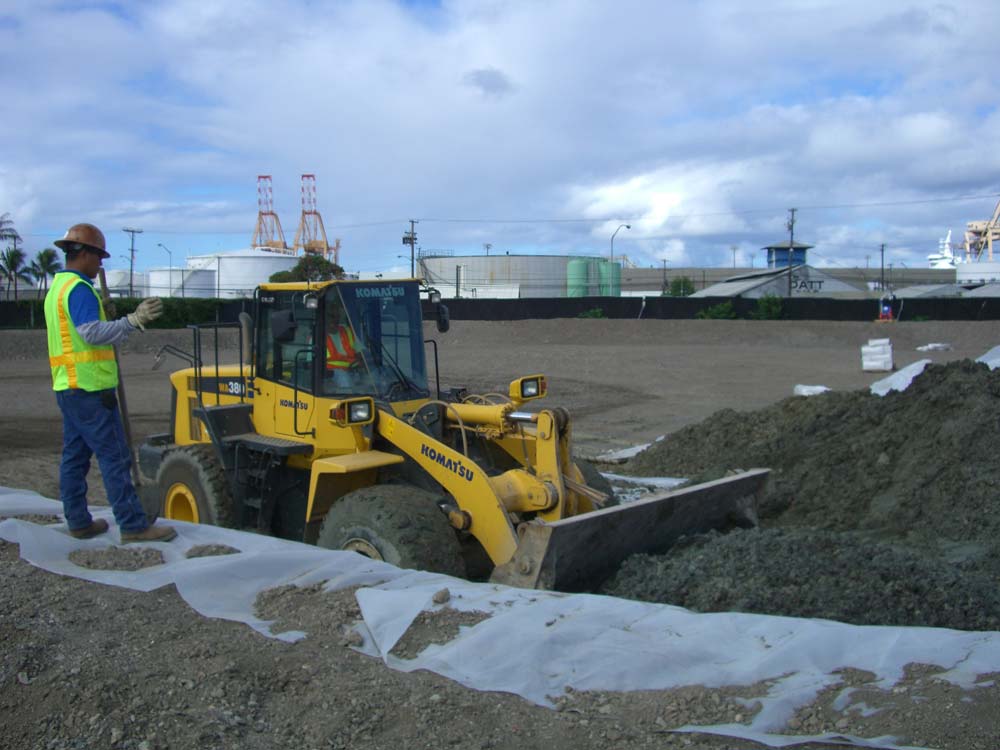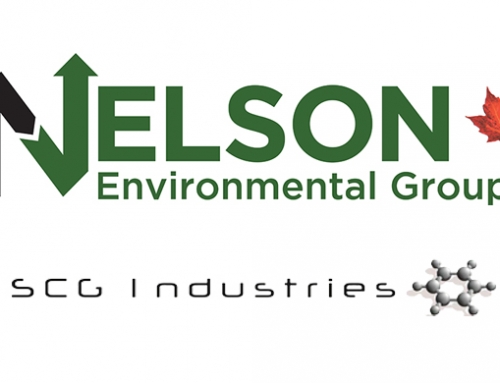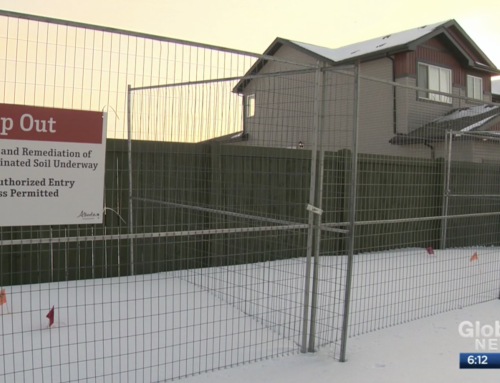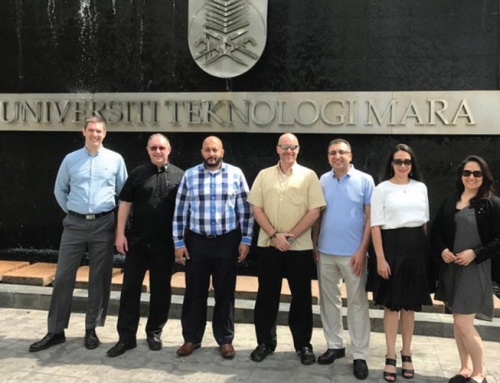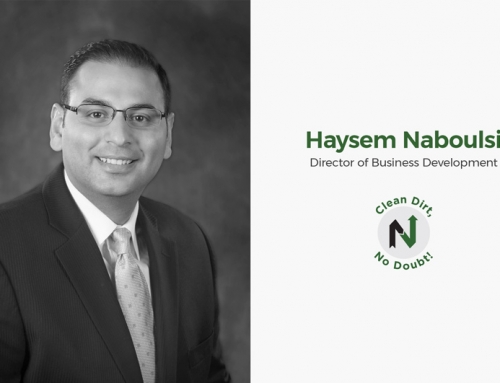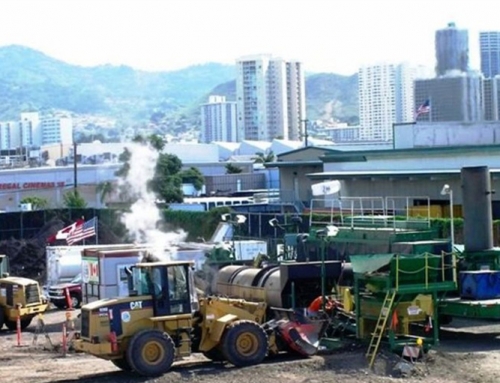In a much different environment than Nelson Environmental Remediation Ltd. was used to, the end result of a international project was consistent with the success of all their remediation projects.
In 2008, Nelson was hired by ESI – Conoco Phillips Discipline to complete the remediation of soil on a tank farm in Honolulu, Hawaii.
The site was centred in the oldest commercial district of Honolulu with chemical industry history dating to the 1800’s. It held a tank farm constructed in the early 1900’s that operated until the 1990’s then owned by Conoco Philips. The business’ goal was to remediate the site in order to facilitate a property sale to Lowe’s. The goal of the remediation technology was to treat the hydrocarbon contaminated soil to below Hawaii state criteria.
Using their low-temperature thermal desorption process, Nelson excavated, processed and returned 25,000 tonnes of soil for beneficial reuse by June 2009 – the anticipated and actual date of completion for the project.
The $3.5 million US project begin in October 2008, with commencement underway by December 2008. By May 2008, 25,000 tonnes of PHC-impacted soil was thermally-treated, meeting cleanup criteria laid out by the state. All the equipment was demobilized for ocean transport back to Canada by June 2009.
The functional design of the system was to remediate soil contaminated with non-recycled distillate petroleum hydrocarbons including gasoline, jet fuel, diesel, polynuclear aromatic hydrocarbons, as well as solvents, by rapidly volatilizing these products from soil, then thermally destructing them in the oxidation system. The major mechanical components of the unit consisted of: a control house, a soil feed system (including a weigh scale), a rotary drum desorber, a treated soil handling system, a baghouse filtration system, and a thermal oxidizer. Auxiliary systems include fuel, air and water delivery systems and a process control, monitoring and interlock system.
Unlike Nelson’s North American or provincial projects, this one needed the mobilization of equipment from Alberta to Hawaii by means of road and barge. The mobilization and setup of the equipment was successful and once on site, the soil that was remediated was also of different composition. It was a variable mix of sand, coral ash and debris. On-site excavation and soil preparation posed challenges as the soil was excavated from below ground water and contained considerable debris, ash, and coral content posing unique soil handling and TDU operating parameters. The challenge of working in another country, as well as in a state that is a group of islands a very long way from the heartland of Nelson’s operations, was handled with professionalism and attention to project detail.
Despite that, Nelson was able to complete the project to the criteria and timelines that were originally set out.
